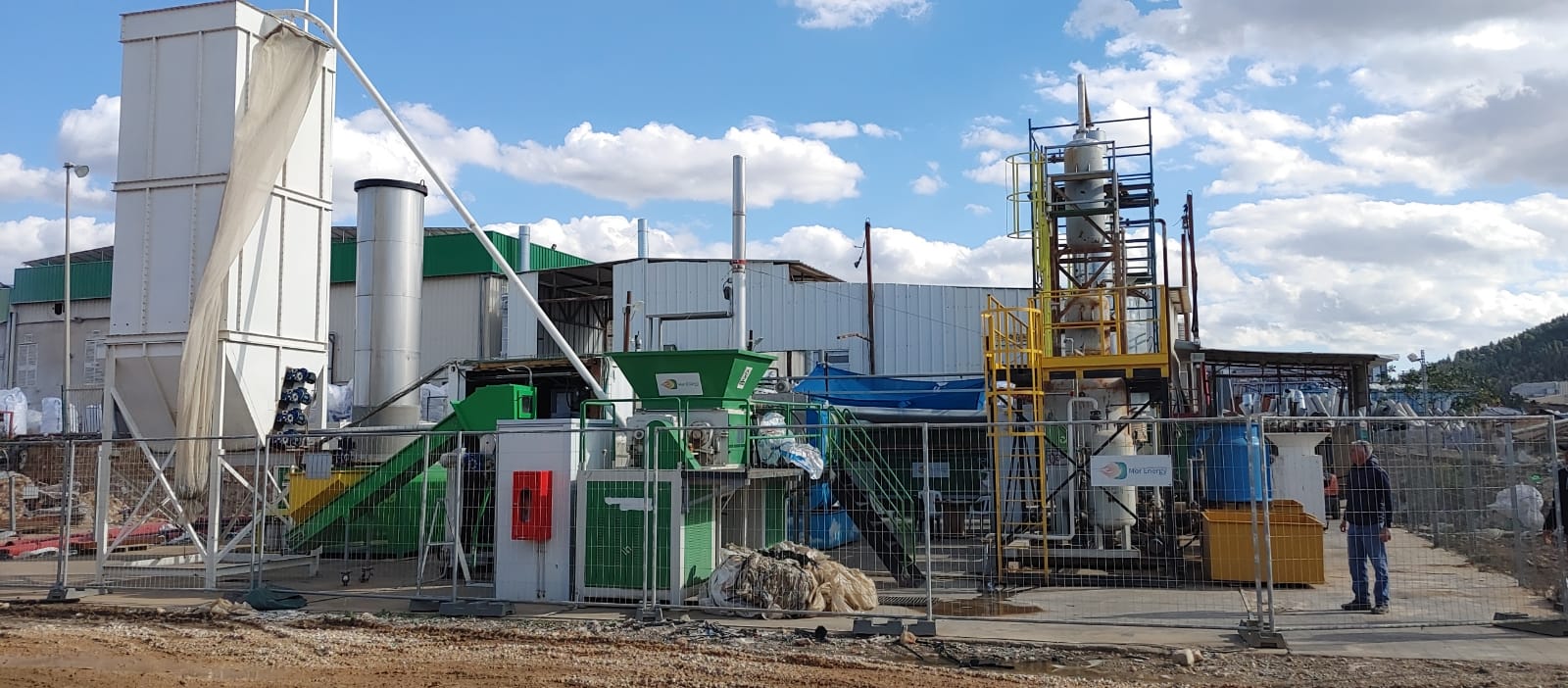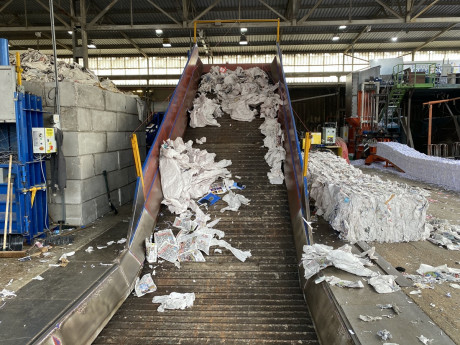
Introduction
Waste to Energy and Climate Change Mitigation explores the potential impact and benefits of waste to energy solutions in mitigating climate change. By converting waste materials into energy, this approach offers environmental, economic, and social advantages. This article aims to provide insights into the historical background, key concepts, policy frameworks, case studies, current trends, challenges, and future outlook of waste to energy initiatives.
Historical Background
Waste to energy initiatives have evolved over time, driven by the need to address the environmental consequences of improper waste management while mitigating climate change. The history of waste management practices highlights the negative impact on the environment and the urgency to find sustainable solutions. Significant milestones and events have shaped the development of waste to energy technologies, paving the way for more efficient and environmentally friendly processes.
Key Concepts and Definitions
Understanding key terms and concepts related to waste to energy and climate change mitigation is crucial for effective leadership in this field. Waste to energy refers to the process of converting waste materials into usable forms of energy. Climate change mitigation encompasses various actions and strategies aimed at reducing greenhouse gas emissions and minimizing the overall impact of climate change.

Main Discussion Points
Benefits of Waste to Energy Solutions
Waste to energy technologies offer numerous benefits. From an environmental perspective, they contribute to reducing greenhouse gas emissions. Economically, waste to energy projects can generate revenue through the sale of electricity or heat produced from waste conversion. Socially, these initiatives create job opportunities, promote sustainable development, and improve local waste management practices.
Leadership Perspectives and Strategies
Successful waste to energy projects require collaboration between the public and private sectors, as well as effective leadership qualities and strategies. Leaders in this field must prioritize sustainability, innovation, and stakeholder engagement to ensure the successful implementation of waste to energy projects. Promoting policy coherence, fostering partnerships, and advocating for sustainable waste management practices are key strategies for leaders in this space.

Policy and Regulatory Frameworks
Government policies and regulations play a vital role in promoting waste to energy solutions. Different policy approaches can incentivize waste management practices that contribute to climate change mitigation. Analyzing the effectiveness of these policies and learning from countries or regions that have successfully implemented waste to energy frameworks can inform future policy decisions.
Case Studies or Examples
Real-world case studies showcase the effectiveness of waste to energy projects in reducing greenhouse gas emissions and promoting sustainable waste management. These case studies highlight the leadership qualities and innovative approaches employed in various projects. By examining these examples, valuable lessons can be learned and applied to scale up waste to energy initiatives worldwide.

Current Trends or Developments
The field of waste to energy continues to evolve, with ongoing advancements in technologies and waste management practices. Research findings and innovations enhance the efficiency, environmental impact, and overall sustainability of waste to energy solutions. Emerging trends hold great potential for further enhancing waste to energy initiatives.
Challenges or Controversies
While waste to energy initiatives offer significant benefits, they also face challenges and controversies. Concerns regarding air pollution, waste segregation, and potential negative impacts on local communities need to be addressed. Industry stakeholders and leaders must engage in open dialogue to find solutions and mitigate any adverse effects.
Future Outlook
The future of waste to energy and climate change mitigation relies on continued leadership and collaboration. Advancements in waste to energy technologies are expected to lead to further reductions in greenhouse gas emissions and promote a circular economy. However, addressing future waste management challenges requires sustained commitment, research, and action from leaders in this field.
Conclusion
Waste to Energy and Climate Change Mitigation highlights the significance of waste to energy solutions in mitigating climate change. By harnessing the potential of waste materials, these initiatives offer environmental, economic, and social benefits. Effective leadership, policy frameworks, and innovative approaches are crucial for the successful implementation and scaling up of waste to energy projects. Continued research and action in this field are essential for a sustainable and low-carbon future.




